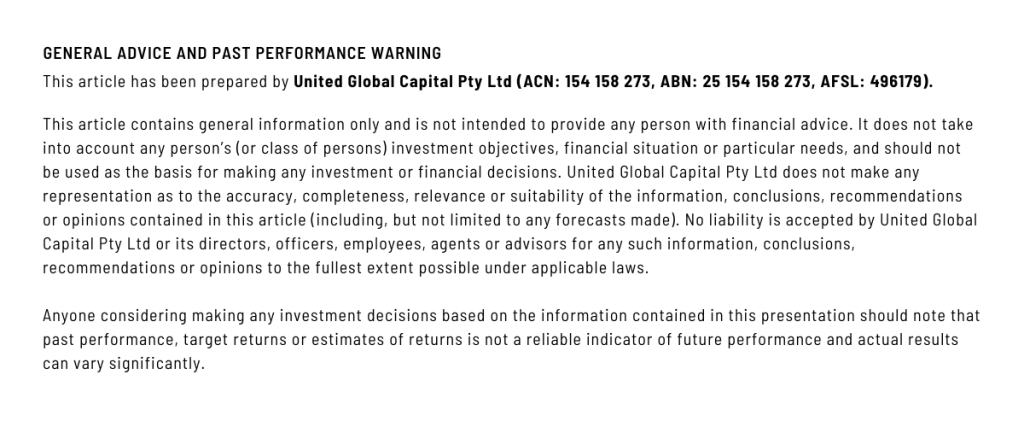How To Build An Emergency Fund Fast
In an ever-unpredictable world, financial preparedness is more crucial than ever. Emergencies – be they medical crises, unexpected home repairs, or sudden job loss – can strike at any moment, leaving a gaping hole in your finances. This is where an emergency fund comes into play, acting as a financial safety net to catch you during times of need without the stress of borrowing money.

An emergency fund is essentially a stash of money set aside to cover urgent and unexpected expenses. This could range from necessary car repairs, emergency travel, to unforeseen medical bills. The essence of this fund is to offer you a buffer, ensuring you and your family can navigate through life’s surprises without financial despair.
How Much Do You Need?
The size of your emergency fund will vary depending on your lifestyle, monthly expenses, and income. However, the universally accepted guideline suggests aiming for a fund that covers three to six months’ worth of living expenses. This provides a substantial financial cushion, giving you ample breathing space should you encounter any unforeseen events.

Kickstarting Your Emergency Savings
- Start Small and Grow:
Begin by saving a modest amount regularly. Even a seemingly small contribution, like $20 a week, accumulates to over $1,000 in a year, marking the foundation of your emergency fund.
- Set a Target: Utilise a budget planner to calculate your monthly expenditures. Multiplying this by three to six months will give you a solid savings goal tailored to your needs.
- Automate Your Savings:
To ensure consistency, set up an automatic transfer to a dedicated, high-interest savings account exclusively for your emergency fund. This strategy makes saving effortless and keeps the fund out of reach for daily temptations.
- Leverage Unexpected Income:
Any unexpected income, such as tax refunds, should be directed towards bolstering your emergency fund. This accelerates your progress towards your financial safety net.
- When to Use Your Emergency Fund:
Exercise wisdom in utilising your emergency fund. It should strictly be for pressing expenses that cannot be delayed. For non-urgent costs, consider saving separately and paying from those savings to preserve your fund.
Building Your Emergency Fund Fast
- Choose the Right Savings Account:
Opt for a high-interest savings account that is separate from your regular account to maximise your savings growth and minimise temptations.
- Income Protection:
Consider income protection insurance as an additional layer of financial security, especially if you’re in a situation where you might be unable to work for an extended period.
- Maximise Your Offset Account:
If you have a mortgage with an offset account, consider using this as your emergency fund to reduce interest payments while keeping funds accessible.
By embracing these strategies, you’re not just saving money; you’re investing in your peace of mind. With a robust emergency fund, you shield yourself and your loved ones from financial uncertainties, ensuring you can face life’s challenges head-on without the added stress of monetary constraints.
At United Global Capital, we’re committed to helping you achieve financial security and independence. Our team of financial advisers are here to assist you in building a comprehensive financial strategy that aligns with your unique financial situation and goals. Take the first step towards financial resilience by reaching out to us today.

